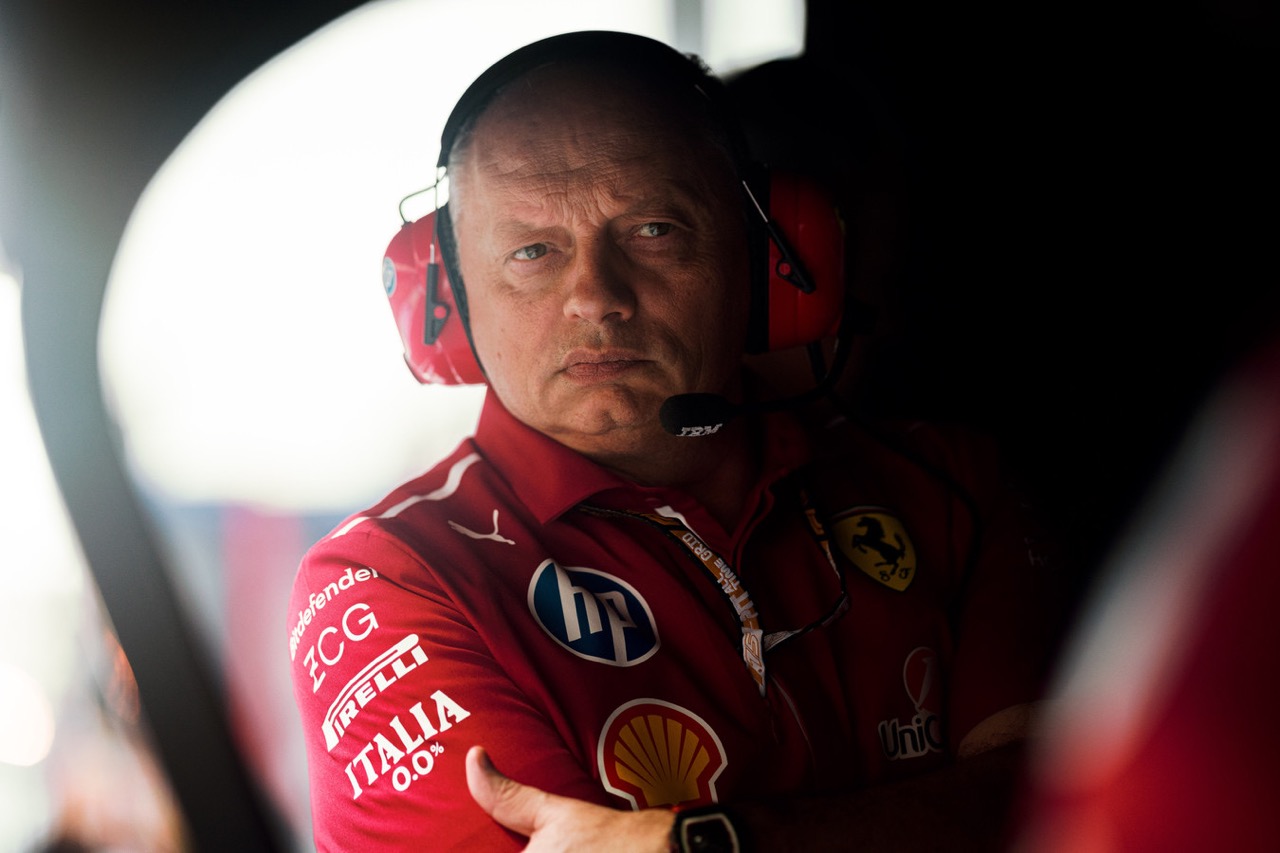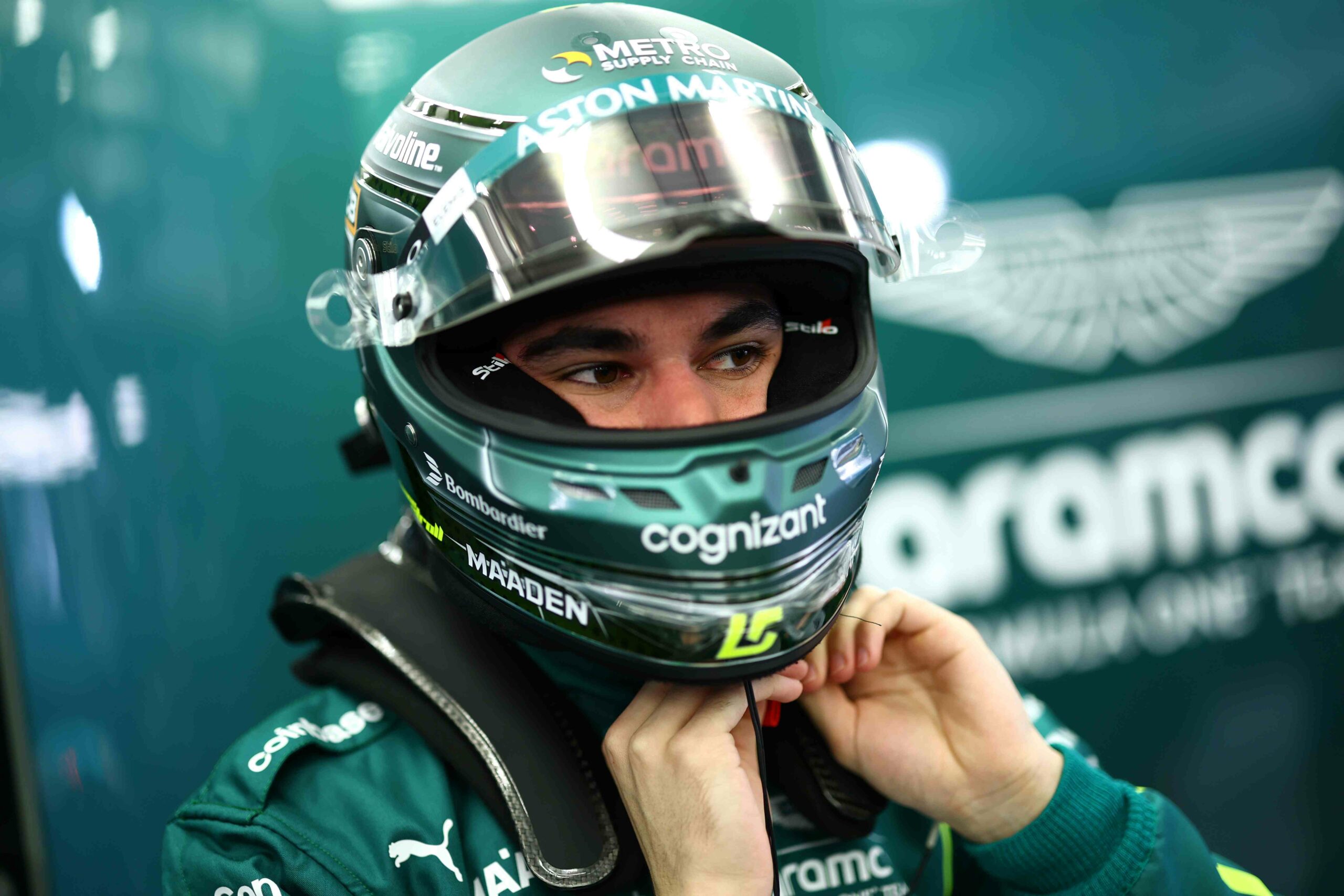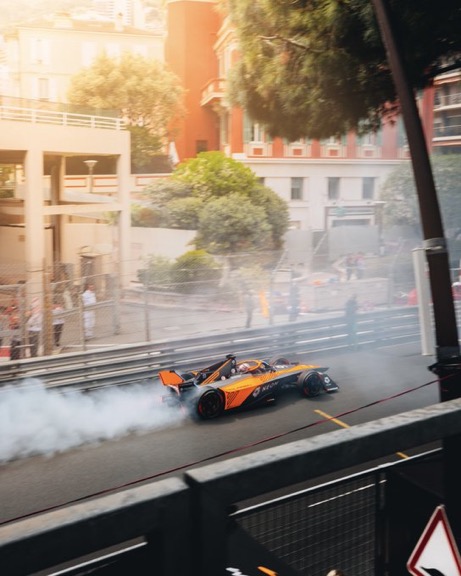As the 2025 F1 season approaches, motorsport’s governing body, the Fédération Internationale de l’Automobile (FIA) has adjusted its rules regarding pitlane starts and damaged cars to close loopholes that teams have exploited at past events. These changes aim to ensure that teams compete under a rigorous set of rules to maximise fair, honest and competitive racing.
Cars starting from pitlane must join formation lap
One major change has been the change to the rules around pitlane starts. In this case, the FIA have changed Article 43.8 of the 2025 F1 Sporting Regulations to state that “all cars starting from the pitlane able to do so must leave the pitlane and join the formation lap.”
Prior to this change, the rules did not require that cars starting from the pitlane partake in a formation lap. Instead, those choosing to do so could exit their garage and line up at the end of the pitlane right before the start of the race. The rule change especially seeks to close a loophole that lets cars save fuel in races with multiple formation laps, such as the 2024 São Paulo Grand Prix.
After Lance Stroll beached his car during the formation lap of the Brazilian race, race control ordered another formation lap, thereby reducing the race distance by one lap. Should they have chosen to do so, cars starting from the pitlane would have been able to avoid the extra formation lap, and would have had extra fuel at the end of the shortened race.
Canadian Grand Prix incident showed need for rule change
The second rule change affects the handling of damaged cars. The FIA has updated the 2025 F1 rules to mandate the immediate retirement of significantly damaged cars. If the stewards deem a car unfit for driving, they will instruct the driver to pull over immediately. This prevents the driver from attempting to return a severely damaged car to the pit lane, an act that could create dangerous driving conditions.
The return of significantly damaged cars to the pitlane, despite the associated dangers, garnered attention during the 2024 Canadian Grand Prix. After destroying the rear wing of his RB20, Red Bull Racing’s Sergio Pérez attempted to limp back to the pits, scattering debris on the track as he did so. The stewards subsequently handed him a three-place grid drop for the Spanish Grand Prix and fined Red Bull €25,000.
Immediate requirement of significantly damaged cars now required
The 2025 rule change aims to avoid such incidents. The new rule now states that:
“Any driver whose car has significant and obvious damage to a structural component which results in it being in a condition presenting an immediate risk of endangering the driver or others, or whose car has a significant failure or fault which means it cannot reasonably return to the pitlane without unnecessarily impeding another competitor or otherwise hindering the competition, must leave the track as soon as it is safe to do so.”
“At the sole discretion of the race director, should a car be deemed to have such significant and obvious damage to a structural component, or such significant failure or fault, the competitor may be instructed that the car must leave the track as soon as it is safe to do so.”
With the FIA having outlined these new rules, it will now be up to the race director to make the appropriate call when choosing to end a driver’s race. On the other side, the drivers and teams will now need to ensure that they do not run afoul of these new rules.





